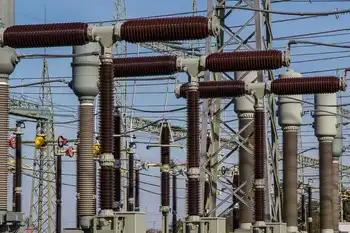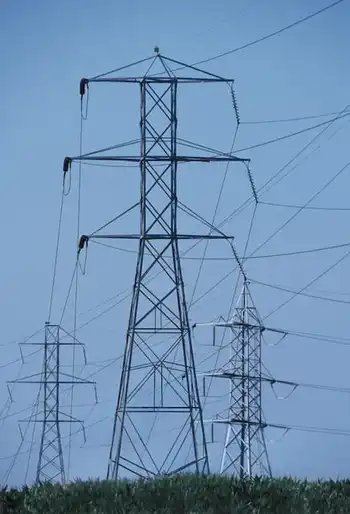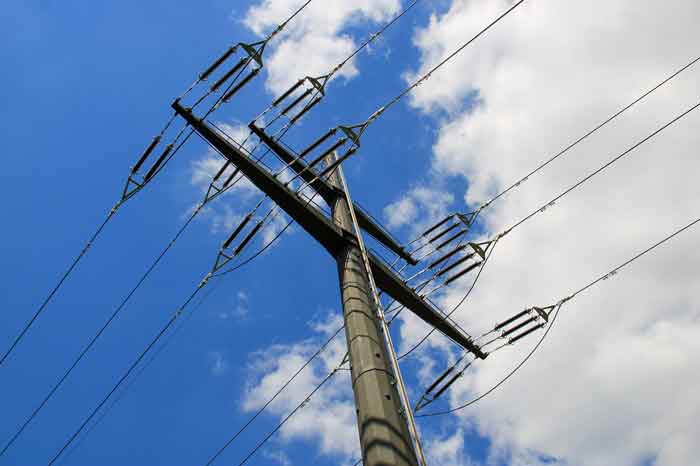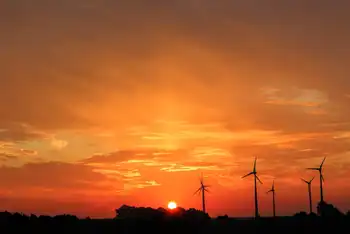Massive solar projects slated for California Desert
The sources supplying SCE represent 65% of the nation's solar supply. And the company just upped its stake considerably.
SCE just announced that it is partnering in two large-scale solar installations in southern California. We're talking BIG: The two total 550 megawatts, huge for solar, in two installations, 250-megawatt Desert Sunlight near Desert Center and 300-megawatt Stateline in northeastern San Bernardino County. The projects will begin in 2012 and 2013 and be up and letting the sunshine in by 2015.
According to Stuart Hemphill, senior vice president of power procurement, SCE agreed to buy 13 billion kilowatt hours of electricity from the two projects, which will be built and operated by First Solar. It's a safe bet that these plants would never break ground without SCE's commitment. "These projects are powerful examples of large-scale photovoltaic solar generation becoming a reality in the U.S.," said John Carrington, a vice president at First Solar.
Hemphill says that SCE is currently buying 16% of its electricity from renewables, and its biggest source is geothermal (60%), followed by wind (20%), biomass (10%), solar (5%) and small hydro (5%). The company has been buying solar for 20 years, and currently has 354 megawatts under contract, so the two projects more than double its capacity.
"Solar is the most expensive form of power," said Hemphill, who wouldn't say what price SCE will pay (though he said it was the most attractive of several offers).
California is committed to meeting a goal of 20% renewable power by 2010, but that's next year and the state is unlikely to meet the goal.
Building transmission lines is a big part of increasing renewable energy capacity, because solar and wind aren't of much use unless they're on the grid and connected to population centers. SCE is spending $2 billion on the Tehachapi Renewable Energy Project, connecting to a region with 4,500 megawatts of wind potential.
In a recent speech, I heard SCE talk about its plans to add electric cars to the grid. Utilities have to be ready to add millions of them without adding any new power plants (except, maybe, solar ones. "We have excess energy off-peak," said the company's Ed Kjaer. "Let's start sucking that up first." I'm all for that. SCE is also looking at battery storage to capture renewable energy until it can be used on the grid. So batteries aren't just for EVs anymore.
Related News

Ukraine Resumes Electricity Exports
KYIV - Ukraine began resuming electricity exports to European countries on Tuesday, its energy minister said, a dramatic turnaround from six months ago when fierce Russian bombardment of power stations plunged much of the country into darkness in a bid to demoralize the population.
The announcement by Energy Minister Herman Halushchenko that Ukraine was not only meeting domestic consumption demands but also ready to restart exports to its neighbors was a clear message that Moscow’s attempt to weaken Ukraine by targeting its infrastructure did not work.
Ukraine’s domestic energy demand is “100%” supplied, he told The Associated Press in an interview, and…





